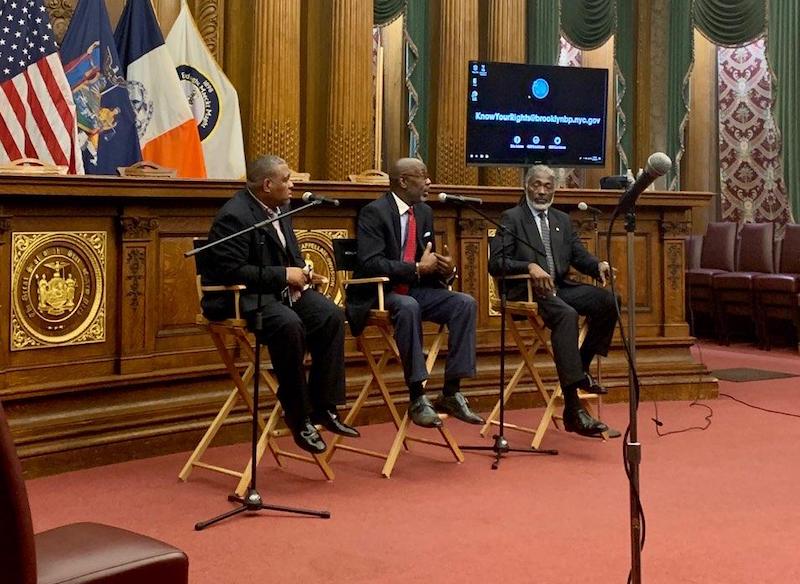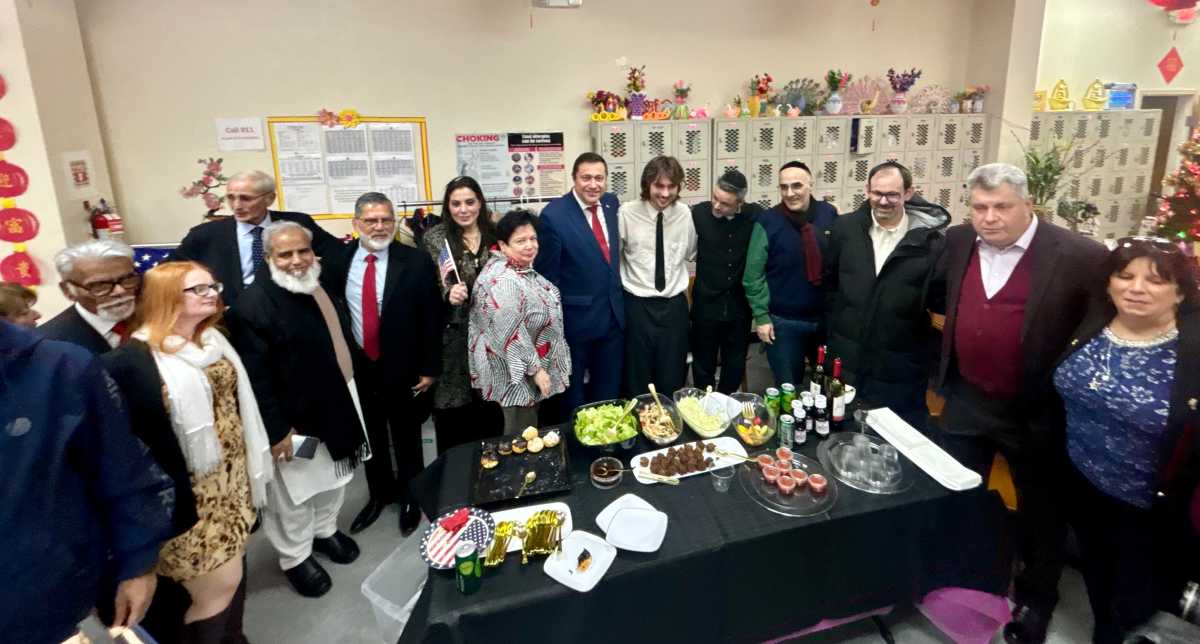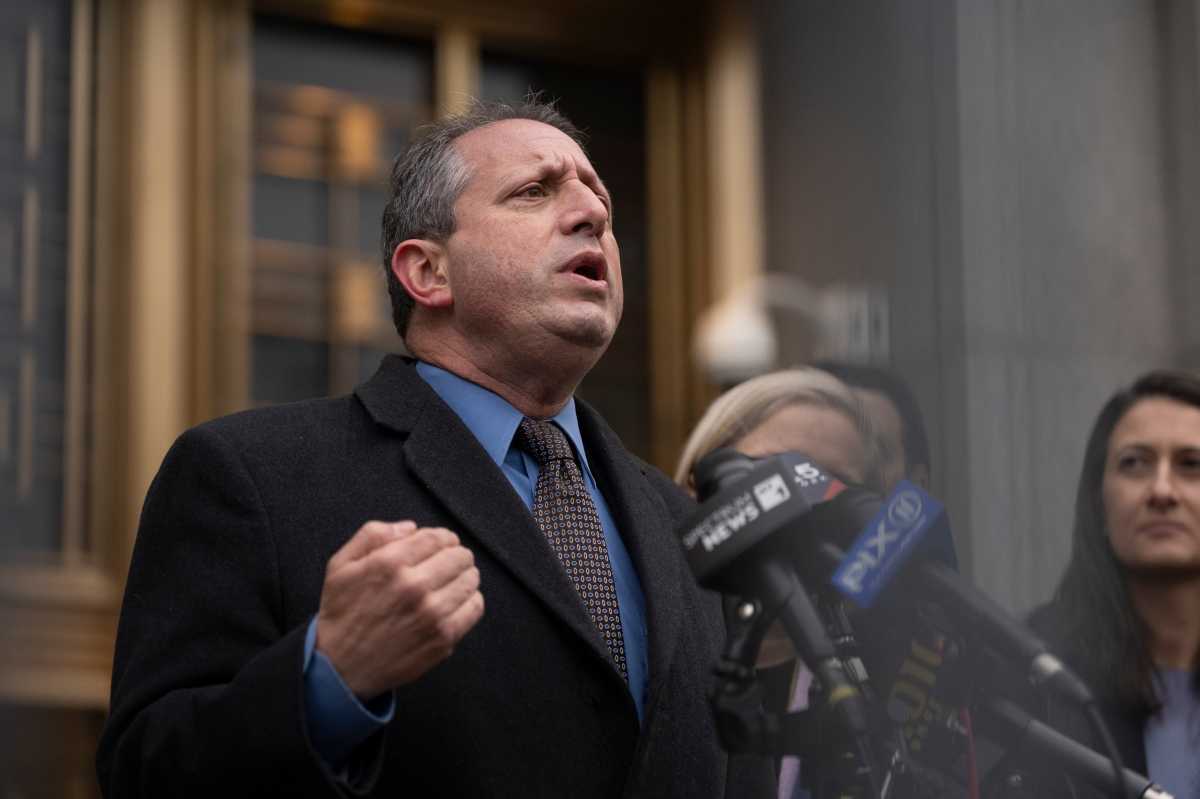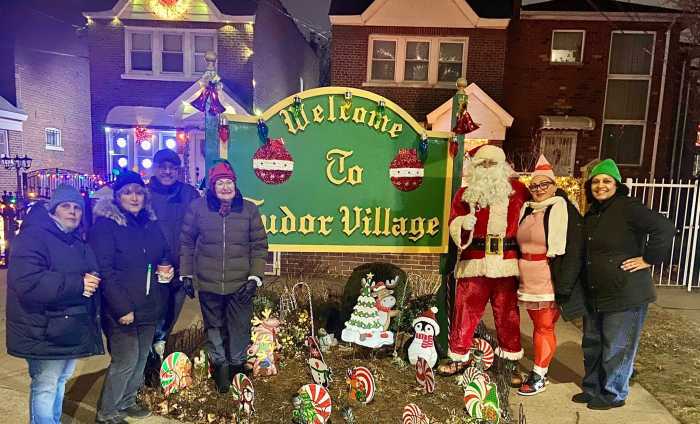Brooklyn Borough President Eric L. Adams yesterday held an event dubbed “Know Your Rights for Youth: What to Do When Interacting with Police” at Brooklyn Borough Hall.
The experience was led by former New York City Police Department (NYPD) officers and featured training aimed at educating youth about appropriate ways to interact with law enforcement officers.
“In light of the video of the fight between police and teenagers at the Jay Street station, this conversation is more important than ever,” Adams tweeted Monday.
The training was held in response to a viral video showing a fight between teenagers and police at the Jay Street-Metrotech MTA station over the weekend. Two teenagers were punched by an NYPD officer during the altercation, prompting Adams to call for the officer to be placed on modified service pending further investigation.
Being stopped by police is a stressful encounter that can go wrong quickly. The Know Your Rights class teaches young people what to do when interacting with the police. Three former NYPD officers guided an audience of children, teens, and concerned parents in a detailed discussion about how to avoid hostile encounters with the police and what to do if things escalate. What made the presentation given by Ret. Detective Hollingsworth, Ret. Detective Weatherspoon, and Ret. Detective Murphy impactful was their blend of scenario reenactment and personal narrative. Hollingsworth and Weatherspoon have unique experiences in the police force because they co-founded the advocacy group “100 Blacks in Law Enforcement Who Care” with Eric Adams.
“My motto has always been, I might not die in a blue uniform, but I’m damn sure going to die in black skin,” opened Hollingsworth, describing his responsibility to the community. “What we need to do is change not only the mindset of the police department, we’ve got to make sure you guys go home safely to your parents.”
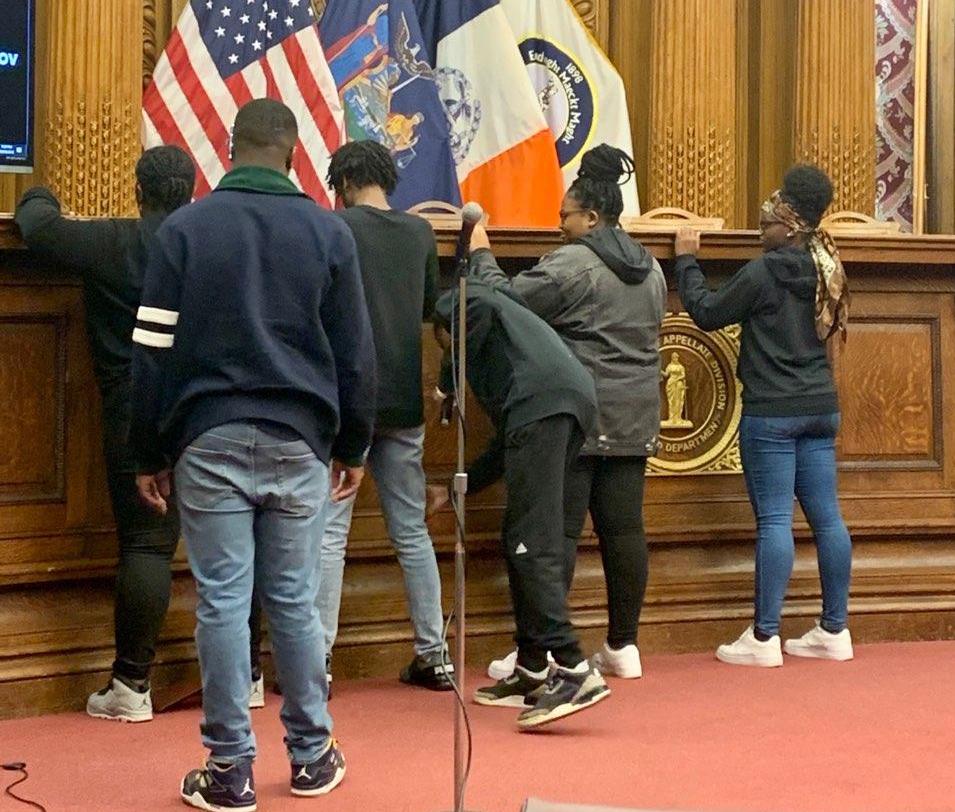
It was made clear that the burden of de-escalation does not fall on private citizens, but that you may be able to reduce risk to yourself by remaining calm and not exhibiting hostility. “If you don’t take control of the situation, the situation will take control of you,” remarked Murphy.
It cannot be assumed that police officers will always behave as expected. Young audience members were shown exactly how to respond to police as the room was guided through scenarios they may face. To these former cops, race isn’t the bottom line. “Don’t get caught up in the skin color. There are bad black cops too,” said Weatherspoon. “It’s the mind of the individual that needs to be dealt with.”
Below are the main ideas expressed in the training:
General Police Encounter:
- Know of a lawyer you can call
- Don’t speak unless addressed
- Keep hands visible
- Don’t let police in your house without a warrant
- State your 4th Amendment right, unreasonable searches and seizures shall not be violated
Car Stop:
- Turn on the overhead light
- Keep hands visible on the steering wheel
- Only the driver should speak
- Ask before you reach for something
- Police can’t search your car, but anything in view is fair game


